For those of you with an interest in photography, it is said to start with entry-level cameras.
Beginner-friendly cameras won’t just fit your budget but also give your photography skills the development they require until you’re confident enough to switch to an expensive new DSLR.
These cameras match all the requirements you need in a camera and also help you learn that difficult metric of taking perfect pictures without spending a huge buck.
Canon 100D is a decade-old camera that still ranks on the list of those who have just begun to learn photography.
Here’s all you need to know about this Canon camera and whether it is worth spending.
Specs Line-up
Type: 22.3 x 14.9mm CMOS
Effective Pixels: Approx. 18.0 megapixels
Total Pixels: Approx. 18.5 megapixels
Aspect Ratio: 3:2
Low-Pass Filter: Built-in/Fixed
Sensor Cleaning: EOS integrated cleaning system
Colour Filter Type: Primary Colour
Image Processor: DIGIC 5
Lens Mount: EF/EF-S
Focal Length: Equivalent to 1.6x
ISO Sensitivity: AUTO(100-6400), 100-12800 in 1-stop increments
Viewfinder: Pentamirror
LCD Monitor: Touch screen 7.7cm
Flash: Built-in
Custom Functions: 8 Custom Functions with 24 settings
Metadata Tag: User copyright information (can be set in camera)
Intelligent Orientation Sensor: Yes
Playback Zoom: 1.5x – 10x enabled in 15 steps
History of Canon EOS 100D
Canon introduced the EOS 100D, the EOS Rebel SL1 in the Americas, and the EOS Kiss X7 in Japan on March 21, 2013.
With an 18.0-megapixel digital single-lens reflex design, Canon acknowledged it as the smallest and lightest DSLR camera in the world within the APS-C format, whether currently in production or not.
Unlike Nikon, Pentax, and Sony, Canon employs a slightly smaller APS-C sensor format, denoted by a 1.6 crop factor instead of 1.5.
The camera’s total weight, including battery and memory card, is 407 grams.
The EOS 200D succeeds its lineage.
Mini Marvel
The 100D showcases an impressive display of engineering prowess.
Canon has incorporated almost all the functionalities of its larger counterpart, the 700D, while maintaining a body size of approximately 30 percent smaller, 10 percent thinner, and 30 percent lighter.
When placed beside the Panasonic Lumix DMC-G5 compact system camera, the differences are truly minimal.
While it might not fit into a pocket for most people, wearing it around your neck offers noticeable advantages.
Key Hits
The build quality is commendable; although it doesn’t possess the weatherproofing and nostalgic design charm of the Olympus OMD-EM5, it stands on par with other entry-level DSLRs.
Its handling is unexpectedly smooth – the grip on the right-hand side is adequately sized for a comfortable hold, and its lightweight nature ensures that the absence of substantial left-hand support is seldom problematic.
This is particularly true when using an equally lightweight lens; however, a sense of imbalance emerges if a weightier option like the EF-S 15-85mm is attached.
Great Pictures
The 100D is equipped with the identical 18MP CMOS sensor found in the 650D and 700D (with some nuances we’ll delve into later), hence the unsurprising parity in picture quality.
Shots reveal abundant detail, and noise remains unobtrusive up until ISO 1600.
Images hold up well at ISO 3200 and 6400, provided you aren’t enlarging them extensively.
While colors lean toward neutrality, adjusting saturation and tone can be effortlessly managed in-camera or post-capture with RAW files.
Amazing Autofocus
Autofocus functions swiftly and precisely when utilizing the viewfinder; however, only one of its nine focus points is of the faster cross-type, which is compromise number five.
Nonetheless, this detail might not be a crucial concern unless your photography frequently involves capturing moments like Usain Bolt’s.
The 100D arrives with a new kit lens bearing EF-S 18-55mm f3.5-5.6 IS STM, contributing positively to this aspect.
The term “STM” signifies its utilization of “stepper” technology, ensuring seamless focus transitions between subjects and avoiding erratic movements akin to a hyperactive child on a candy binge.
Best in Budget Video
The video quality matched what we experienced with the EOS 700D, which is to be expected given the similarity in this feature across both cameras.
Discrepancies between the HD 1080p and 720p video clips centered on frame resolution differences.
Clips captured at VGA resolution displayed impressive quality, considering their frame sizes.
The audio tracks, though monaural, maintained satisfactory quality, although slightly less captivating than those from the EOS 700D.
If stereo recordings are desired, an external microphone can be added.
The wind filter/attenuator offered the capability to minimize wind noise in audio tracks, although it was less effective under very windy conditions.
Conclusion
The compact dimensions and lightweight construction of the EOS 100D position it as an attractive DSLR for travelers, hikers, and those who have found existing cameras overly large and cumbersome.
Its compatibility with Canon’s extensive array of lenses and accessories and its seamless integration into an established system establish it as an excellent secondary option to complement a “full-frame” camera setup.
Much like the EOS 700D, the 100D boasts a thoughtfully designed user interface incorporating a broad selection of user-customizable controls.
Additionally, a well-considered assortment of automated functions caters to photographers with varying experience levels, enabling them to attain the impressive image quality this diminutive camera can deliver.

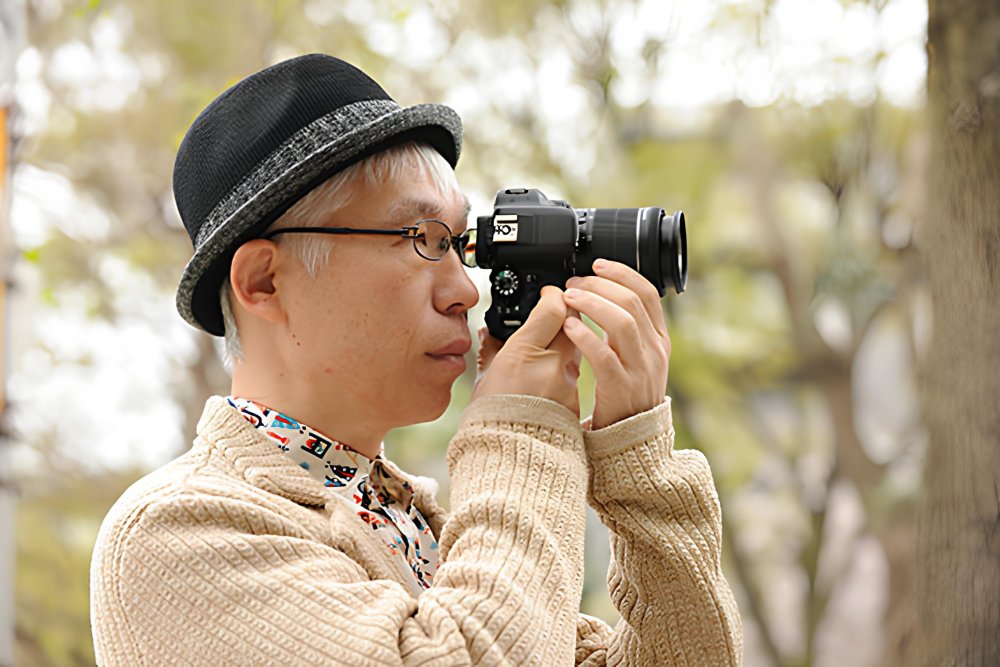

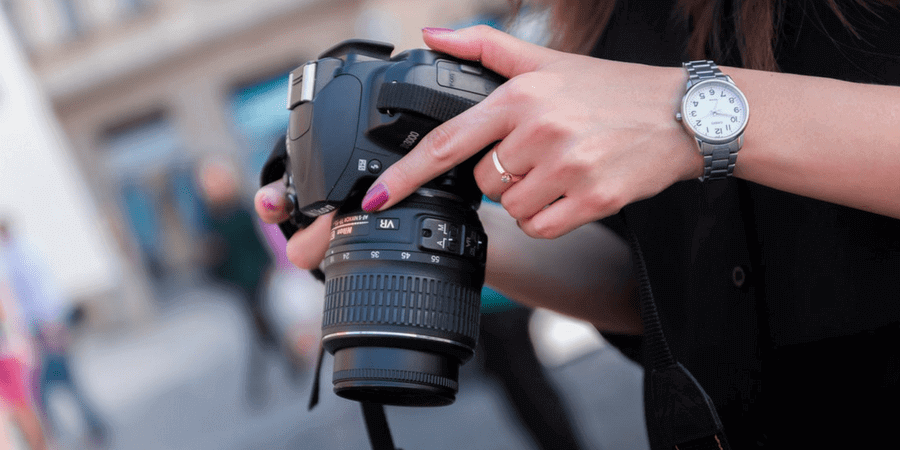
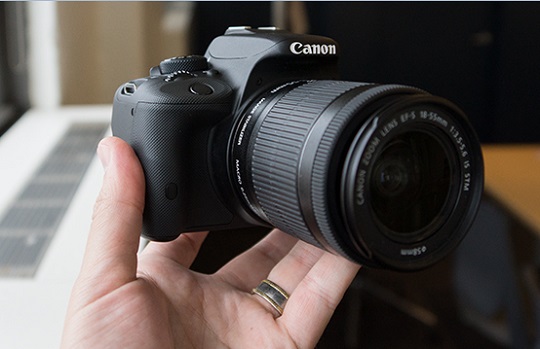
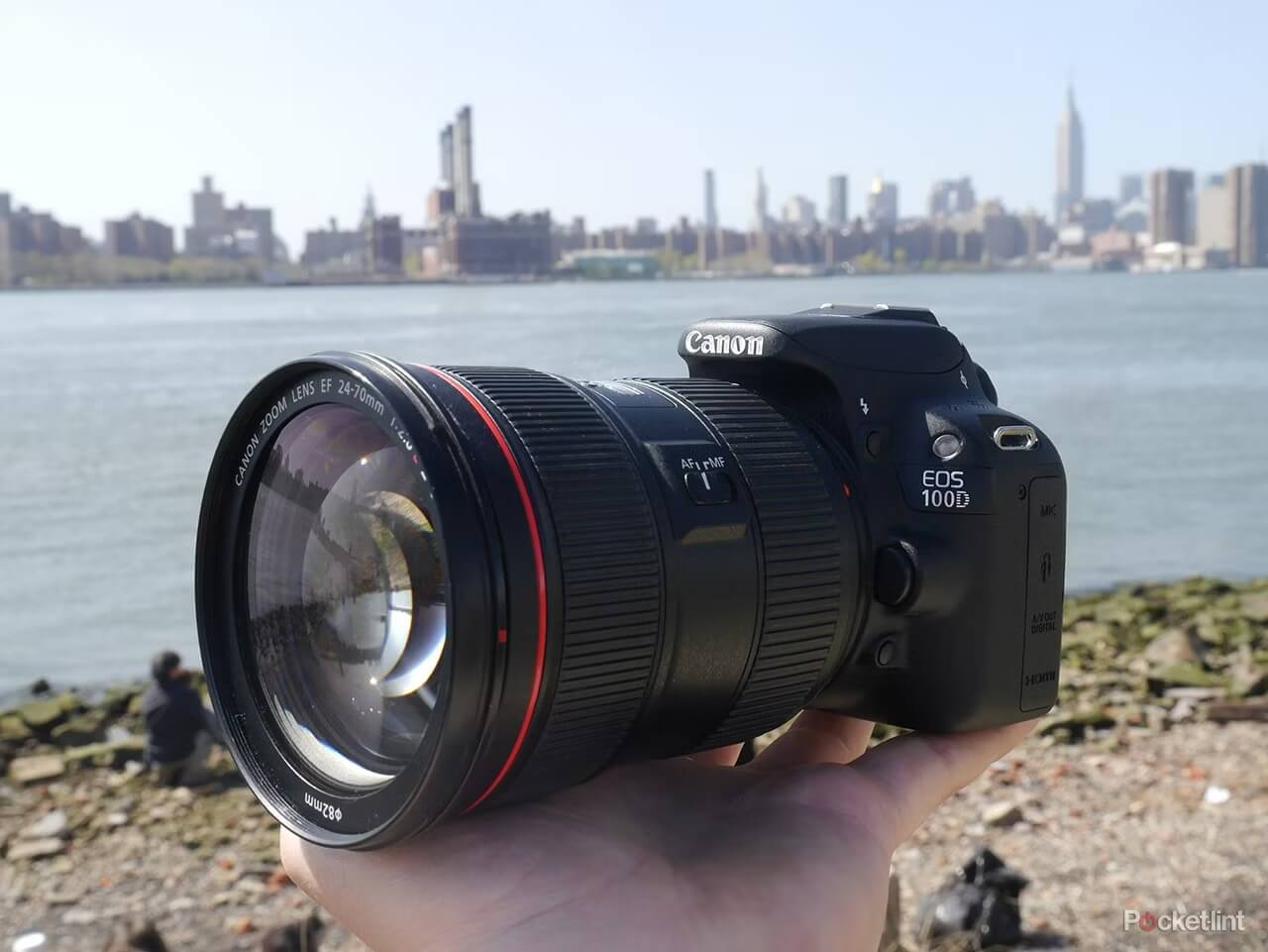
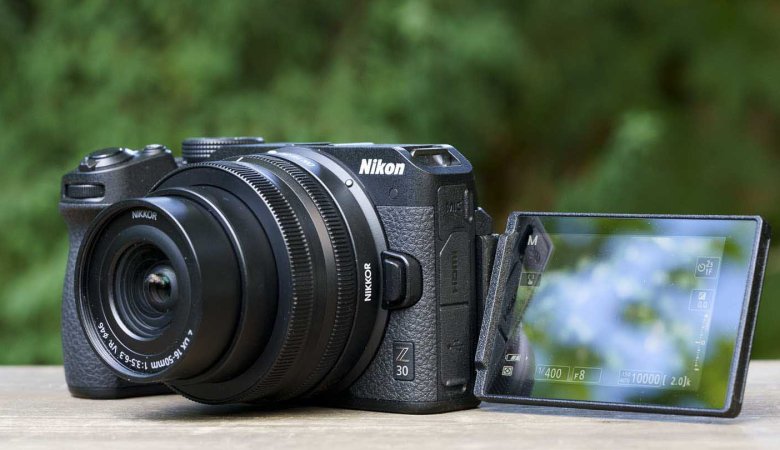
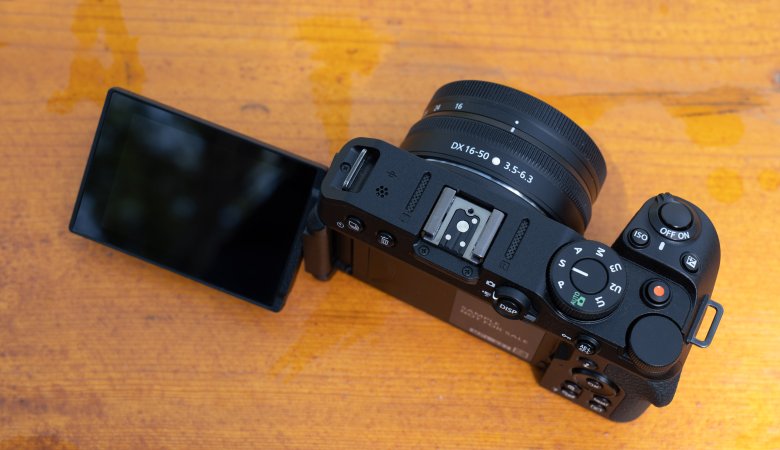
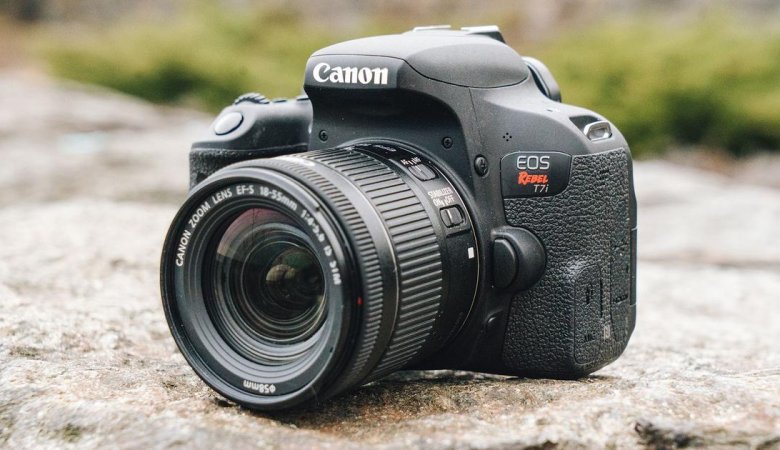

Leave a Reply